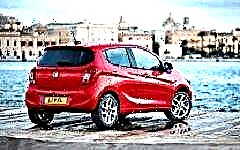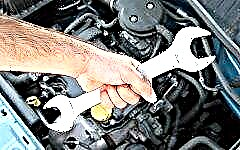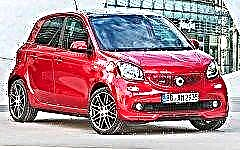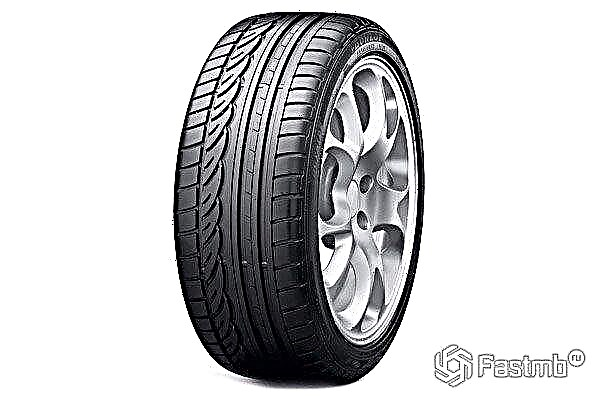Winter tires can be divided into studded and non-studded, each type has its pros and cons.

With the first frosts, motorists begin to change their cars into winter tires, but there comes a time when it is worth buying new winter tires. But for both an experienced driver and a beginner with a change of car, the question immediately arises of how to choose the right winter tires and which are the best ones.
- Related article: Best winter tires of 2015
Parameters when choosing winter tires

When choosing tires, it is worth strictly observing the dimensions recommended by the manufacturer, but if you do not comply with such parameters, then the characteristics of the tires may become lower. Usually, the optimal combination of price and quality is selected. Someone picks up tires for fast driving, others for better cross-country ability on a bad road. Often, for the summer, they put wider tires in order to maximize grip, while in winter, in proportion to the opposite, they put on narrower tires, so that it is easier to make a track in the snow, and also makes it easier to drive. This is especially noticeable on cars with a small engine displacement.
Winter tires can be divided into studded and non-studded (the latter are also called friction winter tires), each type has its pros and cons. Non-studded winter tires provide a comfortable ride, no noise on the asphalt, but on the other hand, this is poor grip on snow or ice. Studded tires predominate with better handling on snow or ice, especially in icy conditions. But on the other hand, it is noisy in the cabin, it is also undesirable to accelerate the car faster than 120 km / h, since the spikes will begin to fly out and can damage the wheel arch liners and cars going behind. With this choice, it is worth remembering that studded tires will always cost more.
Tread pattern on tires
An equally important nuance is the tread pattern, there are three main types, these are directional, traditional and asymmetric.

Directional drawing allows you to maximize performance while driving on a road covered with snow or in bad weather conditions. Due to the directionality of the tread, self-cleaning and repulsion of snow or water are improved. Tires of this kind should be installed strictly according to the direction of the tread, you can see an arrow on the side, which shows the direction of the tire torque.

Asymmetric tire tread, is considered the most common, in such a tread, the inner and outer sides. Often on the outside there are large and rigid tread blocks, they increase the stability of the car when cornering, when maneuvering, while the inside consists of smaller blocks, better water drainage and better grip. During installation, it is necessary to strictly observe the outer side and the inner, also the direction. If these rules are violated, the car will begin to pull to the side, fuel consumption will increase and the car will be completely uncontrollable on the road.

The last look is classic, it is considered the most common and easy to use, it is not required to observe any certainty during installation, since the pattern is usually universal. Most often, it is with this tread pattern that manufacturers assemble cars initially at the factory.
Some experts still distinguish a fourth type for SUV owners, these are tires with a high rubber profile and deep tread, which allows the rubber to better hit bad surfaces and ride on steep slopes. The big disadvantage of such tires is that they are not designed for high speed travel on a normal road.
Nuances when choosing tires
The first thing you should pay attention to is the tire release date and the presence of defects, regardless of where you buy tires, in a store or in the market, you can slip a low-quality product. Often the date is indicated on a tire sticker or on the rubber itself. The inside of the tire should be smooth and free from bubbles or any damage.
If you own a car without ABS, do not use tires with large drainage and horizontal channels, this will only increase the stopping distance.
In normal use, the tire will last for three years. In this case, if the tires have been in the warehouse for about two years, then they have definitely lost their properties and elasticity.
Asymmetric and directional tires - the differences and advantages of each type:











